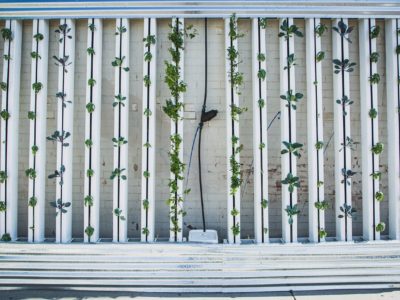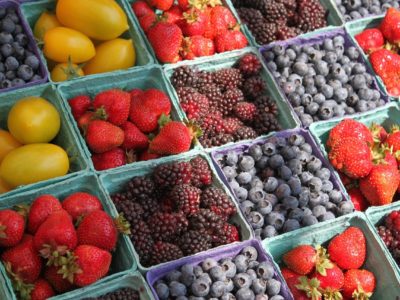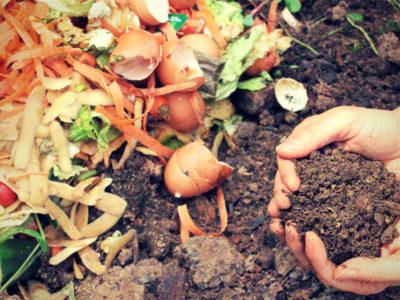You’re probably familiar with the concept of urban farming. Community gardens and farmers markets are popping up all over American cities and towns. People in these communities want this to be celebrated and encouraged so they have more accessible means to healthy food. And here’s a surprise…urban farming isn’t a new prospect; it’s a return to our roots.
Ancestral Urban Farming
From Egypt to Machu Picchu, as long as there have been urban areas there has been urban farming. However, in our abundant recent history we moved away from the urban farm, opting instead for the “convenience” of having our food trucked in from other states or even shipped in from other countries. The mass water and air pollution, as well as socioeconomic disparities, that our current agricultural system encourages, is bringing people to the realization that our ancestors had it right. Consider:
- 3500 BC: Mesopotamian farmers began setting aside garden plots in their growing cities.
- 1100 AD: Farmers in Paris pioneered intensive cultivation, using horse manure for both fertilizer and heating.
- 1300 AD: Aztecs built artificial islands on lakes, where roughly two-thirds of area food was grown.
The Evolution of Urban Farming
Well-known urban theorist, Jane Jacobs, argues against the commonly held belief that cities were developed around agriculture, describing the likely event of agriculture getting its start in dense tool-making and trading settlements. As wild seeds and animals began to be more common tradeable commodities, domestication and farming began within these settlements. The permanence of the new food system and creation of tools to farm the land saw a dramatic rise in population. Eventually, as urban areas became more dense, some farmers and ranchers moved out to less-populated areas.
From here began the idea of urban/rural divide, with agriculture being the responsibility of the rural dwellers. That is, until times got hard and people needed to grow food in their own communities in order to keep feeding their families. For example:
- Victory gardens – During WWI and WWII, residents of the US, Canada and the UK began growing food in their yards to supplement the shortage of major crops that were going towards the war effort. 44% of US-grown food during WWII was produced in these gardens.
- Great Depression – US citizens were encouraged to use vacant lots to grow vegetables in an effort to increase food supply and provide income. Over 2.8 million dollars worth of food was grown in these gardens.
- Gardens from the ashes – In the 1970s, as a result of factory jobs moving to Mexico and Asia, people in US inner-cities became unable to pay rent. This led to a large number of landlords burning buildings for the insurance money. Local residents cleaned up the lots and used them to grow food for subsistence and income. This is where the community garden was born.
Urban Farming Today
With a growing desire to return to our roots, many people are taking up urban farming practices within their own cities. Don’t have a huge yard? No problem. You can still participate in the movement. Here are some ideas to get you started:
- Grow your own. Regardless of your living space, you can grow some of your own food. If you have a yard, consider building a raised bed or two and gradually adding more over time. If you have a porch or patio, grow some potted plants. Even an indoor windowsill provides space for kitchen herbs.
- Shop at farmers markets. Farmers markets are popping up all over the country. Find one in your area and take time to meet your local farmers. The food is often more affordable than store bought, and more nutrient-rich.
- Join a CSA. Community Supported Agriculture provides an opportunity to have a farm membership, providing reliable income to the farmer and a share in every harvest for the members. Food is fresh, seasonal, typically organic, and often the farmers include recipe resources for veggies you aren’t familiar with.
- Support farm-to-table dining. Look for restaurants in your area that buy ingredients from local farms, and give them a try when eating out.
Urban farming might sound hip and new, but it’s actually been around about 10,000 years. One might argue that the gardenless cities (like Las Vegas) are the odd experiment. When we consider the environmental cost of growing single crops in large-scale, chemical intensive operations, it makes us wonder what the US needs 63,000 square miles of lawn for.
References for this article:
- http://grist.org/article/food-the-history-of-urban-agriculture-should-inspire-its-future/full/
- https://dirt.asla.org/2012/05/09/urban-agriculture-isnt-new/
- http://www.nature.com/nature/journal/v540/n7634/full/540522a.html?foxtrotcallback=true
- http://www.huffingtonpost.com/entry/lawn-largest-crop-america_us_55d0dc06e4b07addcb43435d
You May Also Like…




